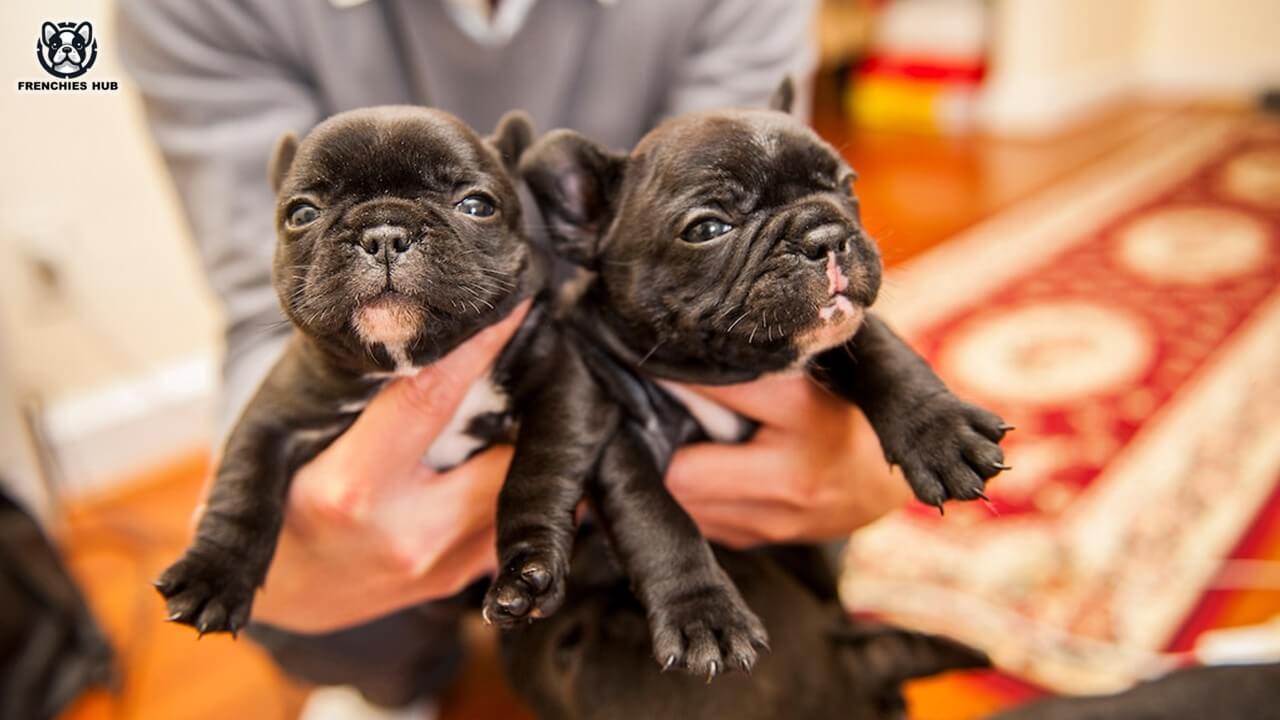In the world of dogs, few breeds have as storied a past as the French Bulldog. Originating from a complex interplay of people, breeds, and societal changes, this breed has been shaped by various classes and groups. Not just a pet, the French Bulldog is a living embodiment of history, cultures, and civilization. The breed’s development reflects the social values and environment of its time, with purebred dogs often symbolizing our planet’s rich cultural diversity and heritage.
The 1890s in Paris, especially the bohemian Montmartre area, marked a pivotal moment in the rise of the French Bulldog. This era, known as the Belle Époque, was a time of economic prosperity, flourishing arts, and rapid advancements in technology. Amidst this backdrop, the breed gained popularity in the city’s vibrant nightlife district, frequented by notable artists like Picasso, Renoir, Matisse, and Degas. The French Bulldog’s unique personality, snub-nosed appearance, and distinctive erect ears became symbols of Parisian life, appearing in postcards, cafes, and the works of Henri de Toulouse-Lautrec.
The story of the French Bulldog also intertwines with Britain’s English Toy Bulldog, a smaller relative of the traditional Bulldog. During the 19th century, the Bulldog was known for its participation in bull-baiting. The Industrial Revolution brought significant changes in Britain, especially in places like Nottinghamshire, known for its cottage industries and the legendary Robin Hood. Ned Ludd, a symbol of resistance against technological innovations, played a part in this history, with his actions giving rise to the term Luddite.
The Industrial Revolution marked a turning point, leading to the migration of lace-makers to the North of France, taking their beloved bulldogs with them. This migration introduced the bulldog to Normandy and Paris, where they became known as Bouledogues Français, gaining popularity among butchers, cafe owners, and even the Parisian streetwalkers, famously depicted by artist Toulouse Lautrec.
The allure of the French Bulldog eventually captivated society folks in both Britain and France. A distinct breed emerged, characterized by a compact body, straight legs, and lacking the extreme underjaw of the English Bulldog. Wealthy Americans traveling in France were charmed by these dogs, particularly those with “bat ears”.
The breed’s debut in high society came in 1896 at Westminster, where society ladies showcased Frenchies. The following year, their growing popularity was cemented with a feature on the 1897 Westminster catalog. However, a controversy arose over the preference for bat-eared over rose-eared dogs, leading American fanciers to form the French Bull Dog Club of America and establish a breed standard.
The French Bulldog Club of America, the first of its kind, played a pivotal role in the breed’s history. The club’s first Specialty show was a statement of the breed’s emerging identity, highlighted by the victory of a brindle dog named Dimboolaa.
Post-World War I, the popularity of the French Bulldog soared, especially among the East Coast Society. However, this rise was challenged by the emergence of the Boston Terrier, another brachycephalic breed, and difficulties in whelping. The Depression era and the years during World War II saw a decline in the breed’s popularity.
In the 1950s, a shift in color preference emerged, led by breeder Amanda West from Detroit, who popularized cream Frenchies. These dogs achieved remarkable success in group wins and Best in Show at Westminster, influencing show rings and Frenchie registrations.
The 1980s marked a resurgence in the breed’s popularity, driven by the energetic efforts of the French Bull Dog Club of America and its younger breeders. Their dedication transformed specialty shows into major events and bolstered the breed’s presence in ads, movies, and among celebrities.
In recent years, the skyrocketing popularity of the French Bulldog has raised concerns about breed type preservation and health problems. The breed’s charming nature as a companionable breed continues to attract breed lovers, despite challenges from unscrupulous breeders and importers.
This rearrangement maintains a chronological and thematic order, starting with the breed’s origins, its rise in popularity, the establishment of the breed club, its fluctuating popularity over the years, and concluding with the present-day status and concerns surrounding the breed.

